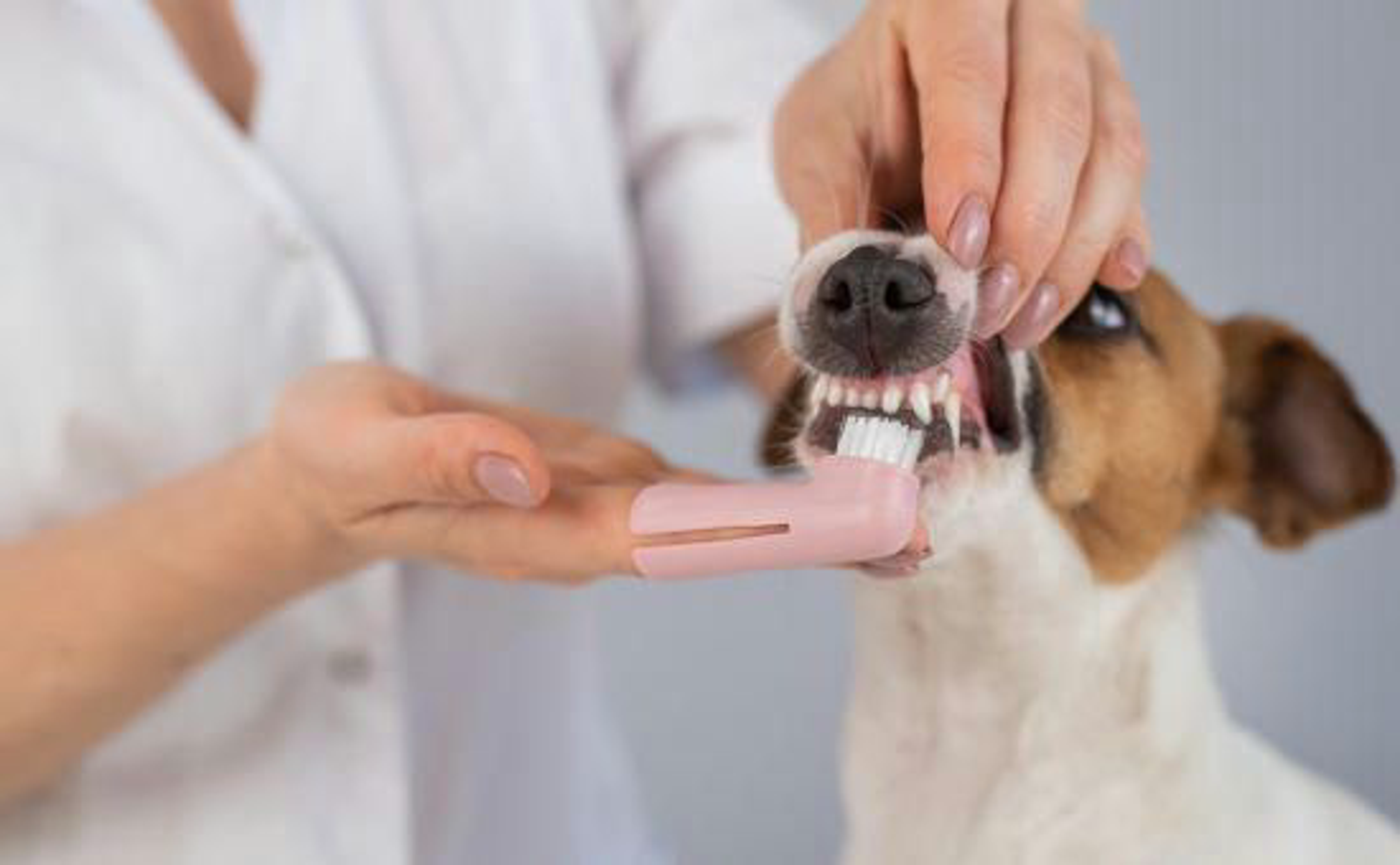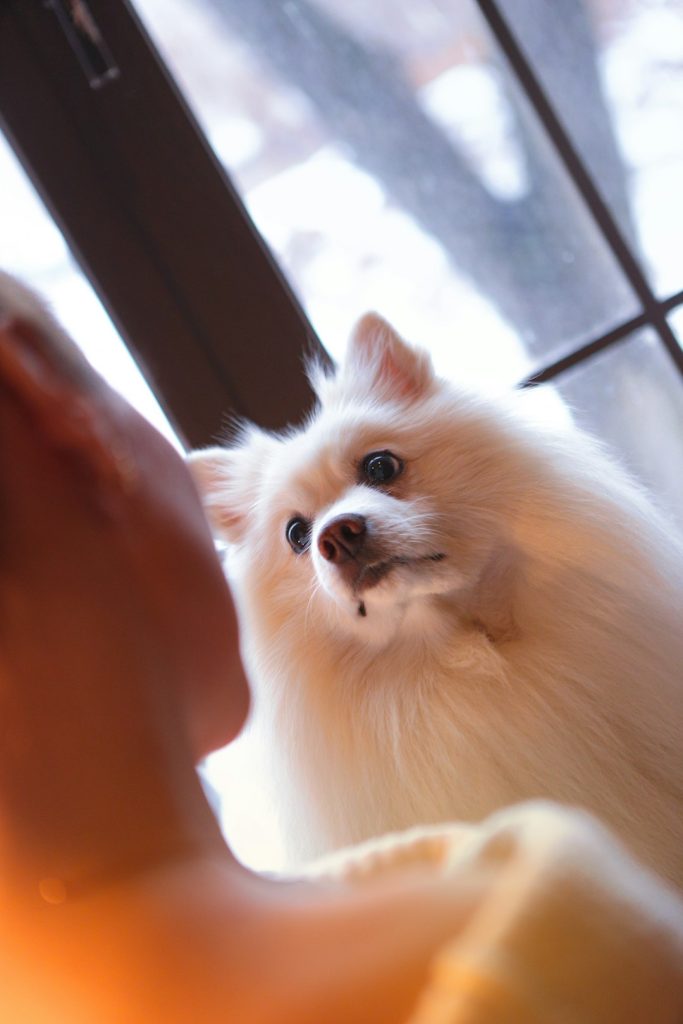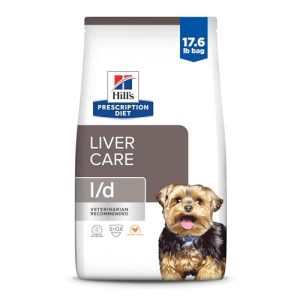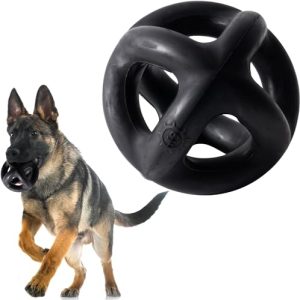How often should you brush your dog? It’s a simple question, but the answer can make a big difference in your furry friend’s health and happiness.
If you want your dog’s coat to stay shiny, free of tangles, and their skin to stay healthy, knowing the right brushing routine is key. Keep reading, and you’ll discover the best brushing frequency tailored to your dog’s unique needs—helping you avoid common mistakes that many pet owners make without even realizing it.
Your dog will thank you for it!

Credit: www.dogly.co.uk
Importance Of Regular Brushing
Regular brushing is more than just a grooming task; it’s a key part of keeping your dog healthy and comfortable. You might think brushing is only about looks, but it actually supports your dog’s overall well-being in several ways. How often you brush can make a real difference to your pet’s skin, coat, and even mood.
Benefits For Skin And Coat
Brushing stimulates blood flow to the skin, which helps deliver essential nutrients to hair follicles. This keeps your dog’s coat shiny and healthy. Plus, brushing helps distribute natural oils evenly, preventing dry, itchy skin.
I’ve noticed when I brush my dog regularly, his coat looks smoother and healthier. It’s like giving his skin a gentle massage that he enjoys. How often do you check your dog’s skin for dryness or irritation?
Preventing Matting And Tangles
Mats and tangles can cause serious discomfort for your dog. They pull tightly on the skin, leading to pain and sometimes infections. Regular brushing breaks up these knots before they become a problem.
Think about how uncomfortable it feels when your clothes get tangled—your dog experiences the same. Brushing frequently saves you from stressful grooming sessions that your dog might dread. Would you rather spend a few minutes daily brushing or hours detangling a painful mat?
Reducing Shedding
Shedding is natural, but regular brushing controls how much hair ends up on your furniture and clothes. Brushing removes loose fur before it falls off, keeping your home cleaner. It also helps prevent hairballs in some breeds.
I found that brushing my dog twice a week drastically cut down on the amount of fur around the house. This simple habit not only keeps your dog comfortable but also saves you time cleaning. How much shedding do you deal with currently?
Brushing Frequency By Coat Type
Brushing your dog depends largely on their coat type. Different coats need different care. Brushing helps remove dirt, loose fur, and prevents mats and tangles. It also spreads natural oils for a shiny coat. Knowing how often to brush keeps your dog healthy and comfortable.
Short-haired Breeds
Short-haired dogs need less brushing than longer coats. A quick brush once a week usually works well. This helps remove loose fur and dirt. It also stimulates the skin and keeps the coat shiny. Use a soft-bristle brush or grooming mitt for comfort.
Medium-haired Breeds
Medium-haired dogs benefit from brushing two to three times a week. Their coats can tangle and collect dirt more easily. Regular brushing stops mats from forming. Use a slicker brush or comb to reach underlayers. This keeps the coat smooth and healthy.
Long-haired Breeds
Long-haired dogs need daily brushing to prevent mats and tangles. Their fur can trap dirt and debris quickly. Use a wide-tooth comb and slicker brush for best results. Brushing every day keeps the coat free and soft. It also reduces shedding around the house.
Factors Influencing Brushing Needs
Understanding how often to brush a dog depends on various factors. Each dog has unique needs based on age, health, activity, and environment. Seasonal changes also play a crucial role. Let’s explore these factors in detail to help you determine the best brushing routine for your furry friend.
Age And Health
Puppies have different grooming needs than older dogs. Young dogs might require frequent brushing to keep their coat healthy. Elderly dogs might need gentle care, especially if they have health issues. Health conditions like skin allergies also influence brushing frequency. Regular grooming helps monitor skin health and identify any issues early.
Activity Level And Environment
Active dogs tend to get dirtier faster. Dogs that play outside might need more frequent brushing to remove dirt and debris. If your dog spends time in muddy areas or wooded locations, brushing helps prevent matting. Indoor dogs might require less frequent grooming, but regular checks are still important.
Seasonal Changes
Seasons affect a dog’s coat and shedding patterns. During shedding seasons, like spring and fall, more frequent brushing helps manage loose fur. In winter, brushing ensures the coat remains free of tangles and debris. Summer grooming prevents overheating by removing excess hair.

Credit: www.pupzclub.com
Choosing The Right Brush
Choosing the right brush for your dog is more than just a grooming step—it’s about making the experience comfortable and effective. The right brush helps maintain your dog’s coat health, reduces shedding, and can even strengthen your bond. But with so many options, how do you find the one that suits your furry friend best?
Types Of Brushes
There are several types of brushes designed for different grooming needs. Slicker brushes have fine, short wires close together, perfect for removing mats and loose fur. Bristle brushes work well for smoothing and shining short-haired coats.
Other brushes include pin brushes, which are great for long-haired dogs, and undercoat rakes that target dense, thick fur. Rubber curry brushes are excellent for short-haired breeds and help stimulate skin oils. Knowing what each brush does can save you time and frustration.
Matching Brush To Coat Type
Matching your brush to your dog’s coat type is essential. If your dog has a curly or dense coat, a slicker brush or undercoat rake can prevent tangles and mats. For short-haired dogs, a bristle or rubber curry brush works best to remove loose hairs and dirt.
Think about your dog’s grooming needs: does your dog shed a lot? Does their coat tangle easily? Asking these questions can guide you to the perfect brush. Using the wrong brush might irritate your dog’s skin or miss out on cleaning effectively.
Brushing Techniques And Tips
Brushing your dog is more than just a routine task; it’s a moment to bond and care for their coat and skin. Using the right techniques makes the experience enjoyable for both you and your pet. Let’s look at some effective ways to prepare your dog, brush gently, and handle those tricky sensitive spots.
Preparing Your Dog
Start by choosing a calm, quiet place where your dog feels safe. Sit or kneel at their level to make eye contact and offer soothing words. Using treats before and during brushing helps create a positive association.
Check your dog’s coat for any mats or tangles before brushing. If you find any, gently loosen them with your fingers first to avoid pulling. This preparation reduces discomfort and makes the brushing smoother.
Gentle Brushing Methods
Use slow, gentle strokes in the direction of hair growth to avoid hurting your dog’s skin. Different coat types need different brushes—slicker brushes work well for curly or long hair, while bristle brushes suit short-haired breeds.
Brush small sections at a time, giving your dog breaks if needed. Notice how your dog reacts; if they seem uneasy, slow down or change your approach. Your patience shows respect for their comfort and builds trust.
Handling Sensitive Areas
Areas like the belly, ears, and tail often make dogs nervous during brushing. Approach these spots last, after your dog is relaxed from brushing other areas. Use a soft brush or your fingers to gently work through these sensitive zones.
If your dog pulls away or shows discomfort, pause and reward calm behavior with treats or praise. Have you noticed your dog’s favorite spot to be brushed? Focusing on those areas first can ease tension and encourage cooperation.

Credit: www.green-petfood.com
Signs Your Dog Needs More Frequent Brushing
Knowing how often to brush your dog can be tricky. But certain signs clearly show your furry friend needs more attention with the brush. Ignoring these signs can lead to discomfort and health problems for your dog.
Visible Tangles Or Mats
When you see clumps of hair sticking together, it’s a sign your dog needs brushing more often. Mats can pull on the skin, causing pain and even infections. Running your fingers through your dog’s coat regularly helps you spot tangles early before they get worse.
Excessive Shedding
If you notice a lot of loose fur around your home or on your clothes, your dog’s coat may need more frequent brushing. Brushing helps remove dead hairs before they fall off. It also spreads natural oils, keeping the coat healthy and reducing shedding over time.
Skin Irritations
Scratching, redness, or flaky skin can mean your dog’s coat isn’t getting enough care. Dirt and dead skin can build up without regular brushing, leading to irritation or hot spots. Pay close attention if your dog starts scratching more than usual—brushing might help soothe their skin.
Additional Grooming Practices
Brushing your dog is important, but other grooming tasks also keep your pet healthy. Regular care helps prevent problems and makes your dog feel good. These grooming habits support your dog’s hygiene and comfort. Pay attention to bathing, nail care, and ear health.
Bathing Schedule
Bathing cleans your dog’s skin and coat. Too often can dry out skin. Bath every 4 to 6 weeks is usually enough. Use dog-friendly shampoo only. Adjust bath frequency if your dog gets dirty or smells.
Nail Trimming
Trim nails regularly to avoid pain and injury. Long nails can change how your dog walks. Check nails every 2 to 4 weeks. Use proper nail clippers for dogs. If unsure, ask a vet or groomer for help.
Ear Cleaning
Clean ears to prevent infections and wax buildup. Check ears once a week for dirt or smell. Use a gentle ear cleaner made for dogs. Avoid inserting anything deep in the ear canal. Stop if you see redness or swelling and consult a vet.
Frequently Asked Questions
How Often Should I Brush My Dog’s Coat?
Brush your dog’s coat 2 to 3 times weekly for most breeds. Long-haired dogs may need daily brushing. Regular brushing prevents mats, removes loose fur, and promotes healthy skin.
Can Brushing Frequency Vary By Dog Breed?
Yes, brushing frequency depends on breed and coat type. Short-haired dogs may need weekly brushing, while long-haired breeds require daily care to avoid tangles and shedding.
What Are The Benefits Of Regular Dog Brushing?
Regular brushing improves coat health, reduces shedding, and prevents matting. It also stimulates natural oils, keeps skin clean, and strengthens your bond with your dog.
Is Brushing Important For Shedding Control?
Yes, brushing helps manage shedding by removing loose fur before it falls off. Frequent brushing reduces hair around your home and keeps your dog comfortable.
Conclusion
Brushing your dog regularly keeps their coat clean and healthy. Most dogs benefit from brushing two to three times a week. Dogs with long or thick fur may need brushing every day. Brushing removes dirt, loose hair, and prevents mats.
It also helps you check for skin problems early. Make brushing a calm and gentle routine. Your dog will enjoy the attention and care. Consistent brushing supports your dog’s comfort and well-being. Keep your dog happy with regular grooming habits.
Simple steps like these make a big difference.

Emily Barker is the founder of ChillDogLife.com, a space dedicated to helping pup parents discover the best dog products, lifestyle tips, and cozy ideas for happier homes.
A lifelong dog lover, Emily combines her passion for pets with a knack for research to share trusted recommendations on everything from toys and furniture to health and everyday care.
Her goal is simple: to make life easier, stylish, and more joyful for dogs and the people who love them.







